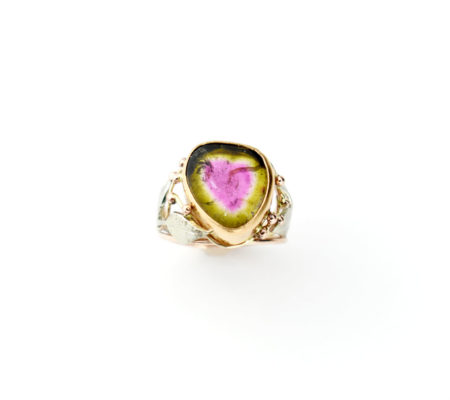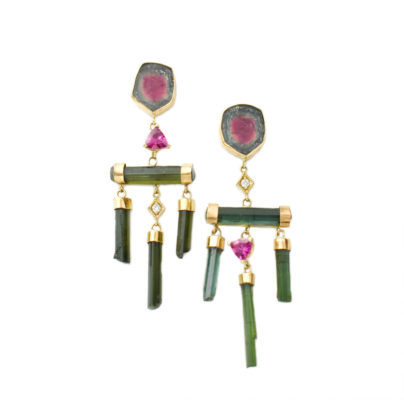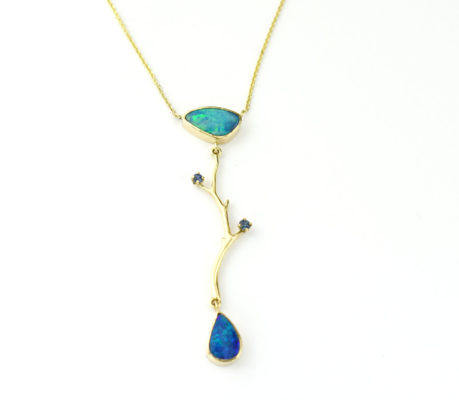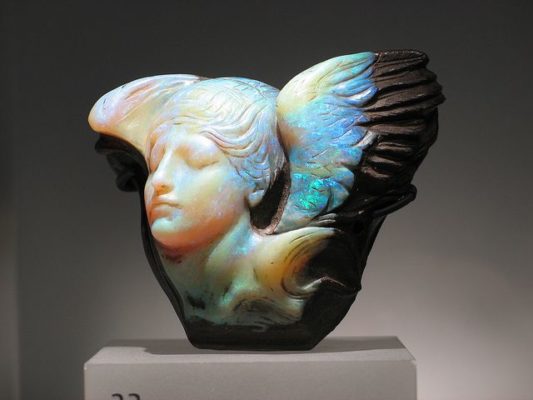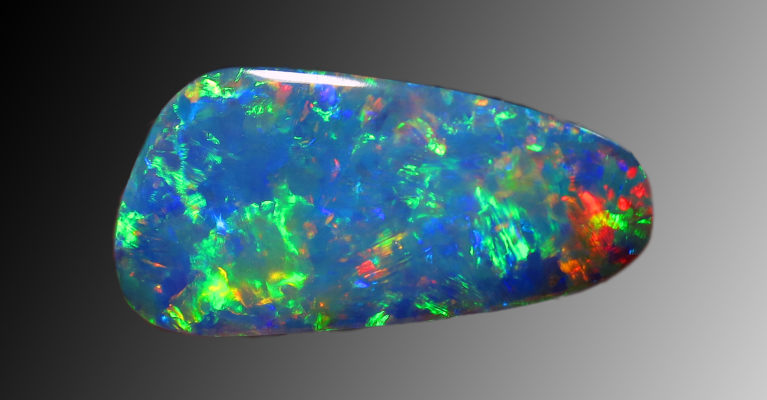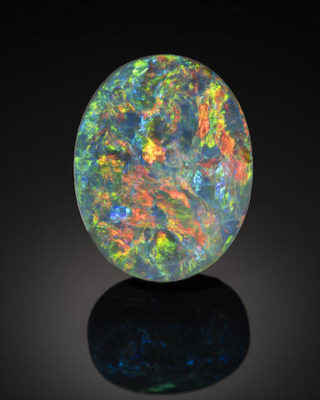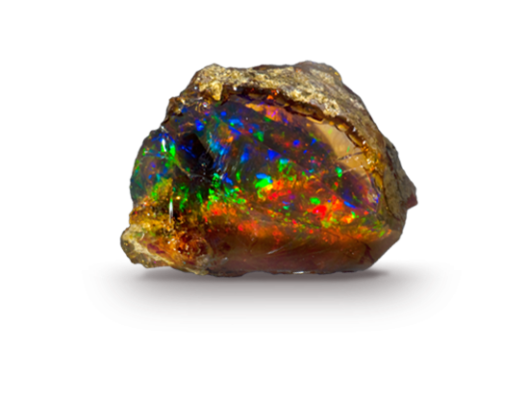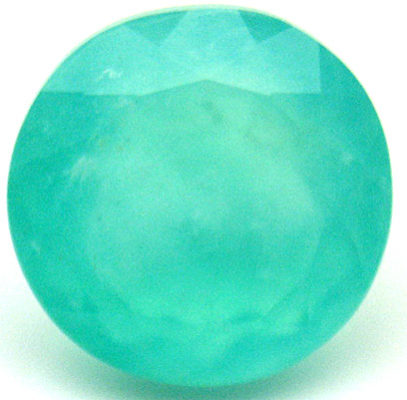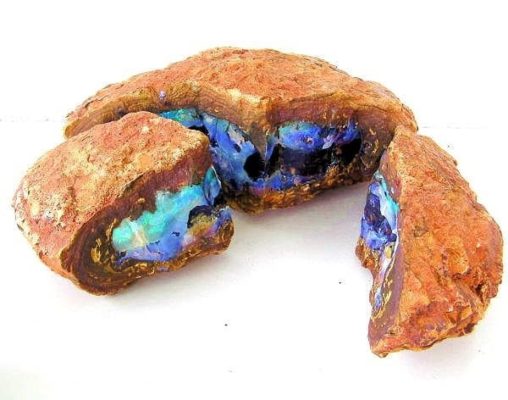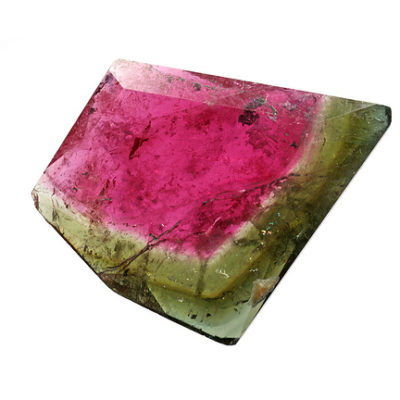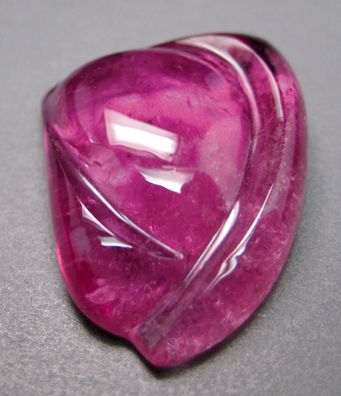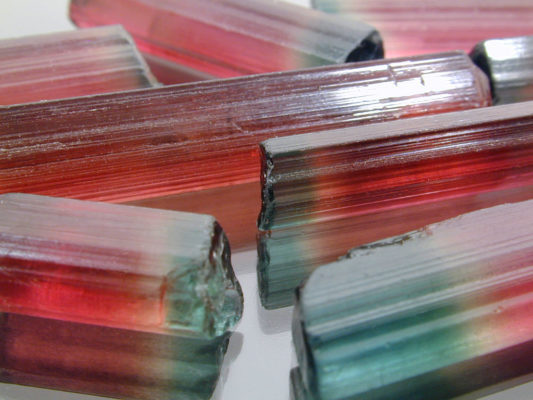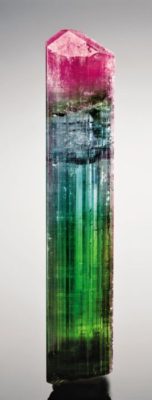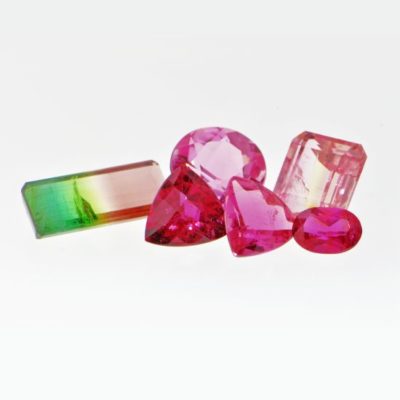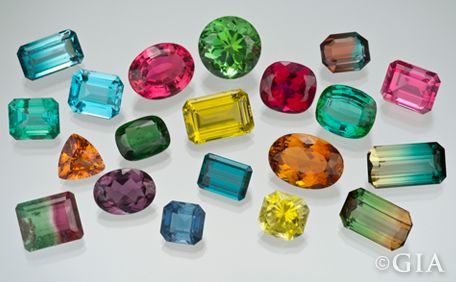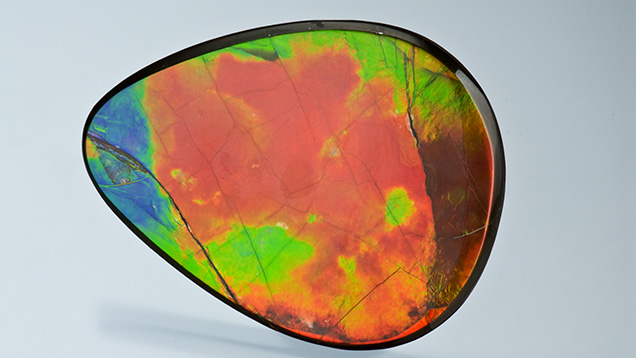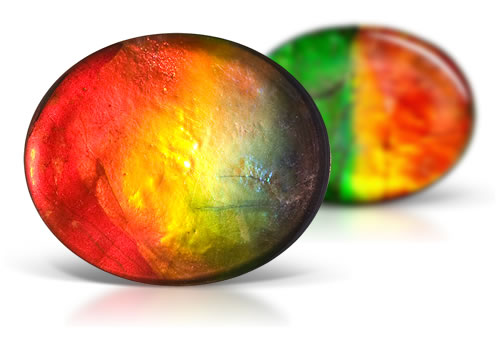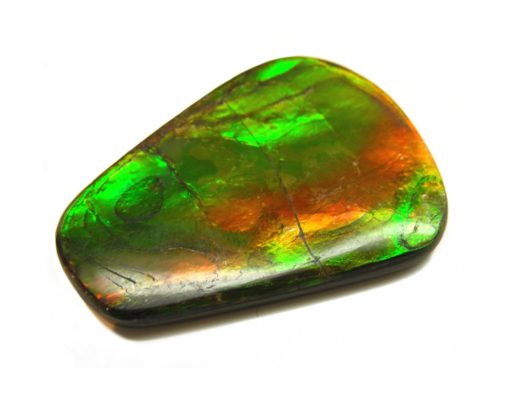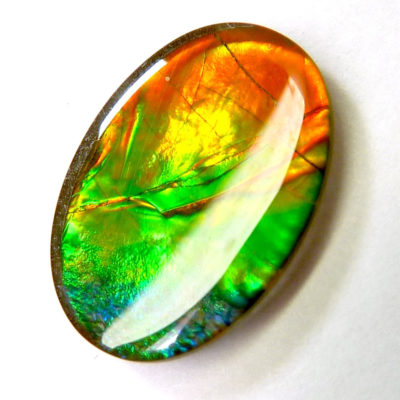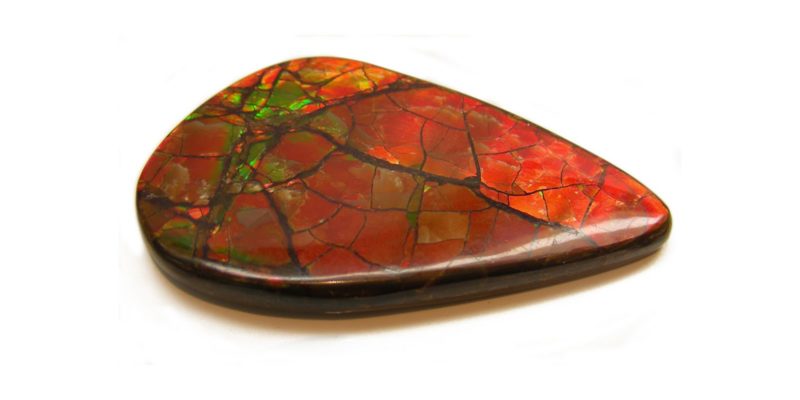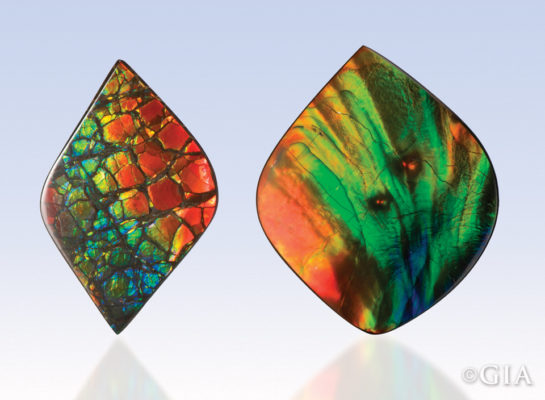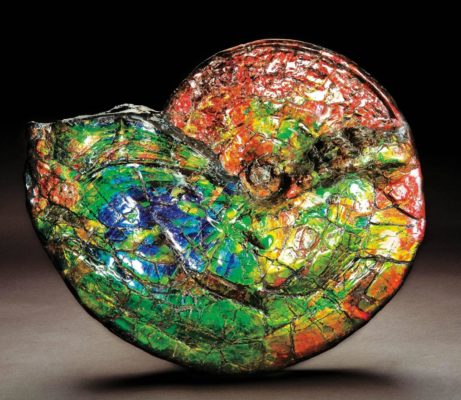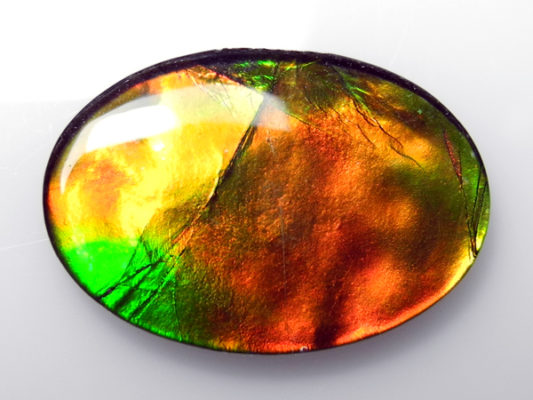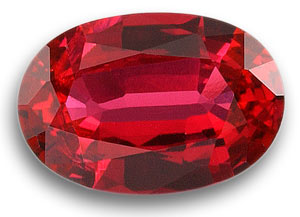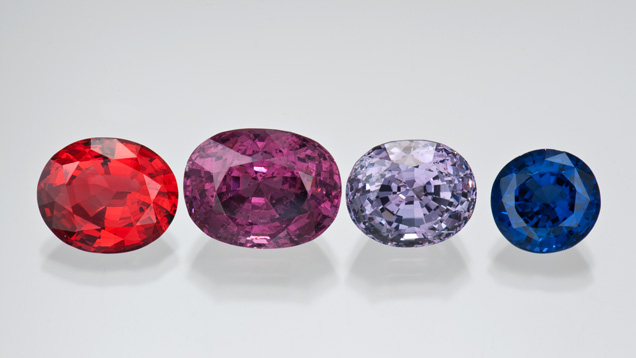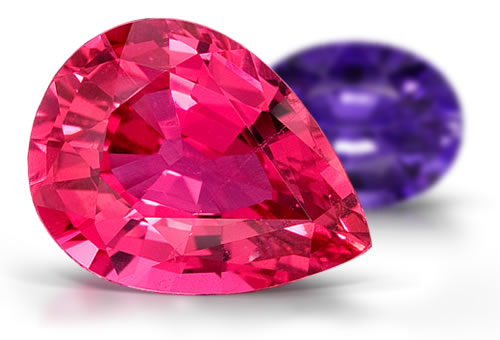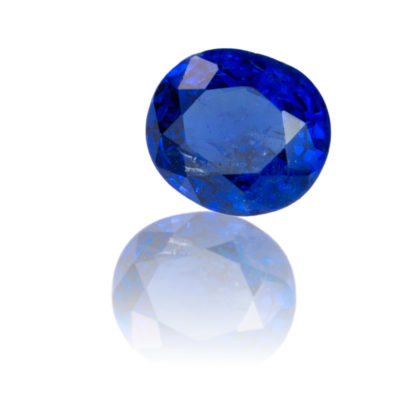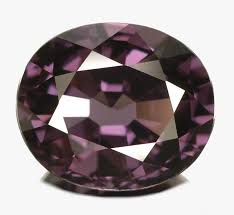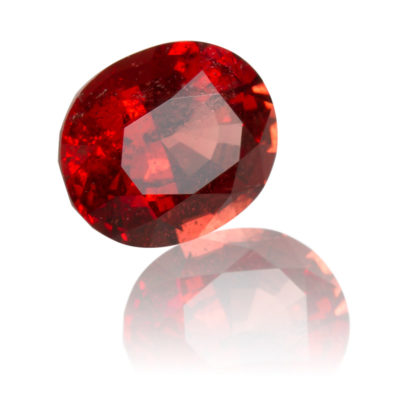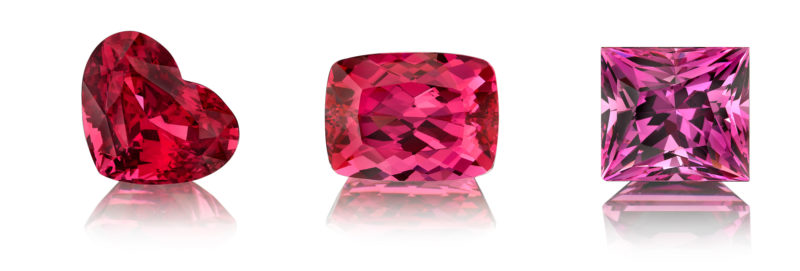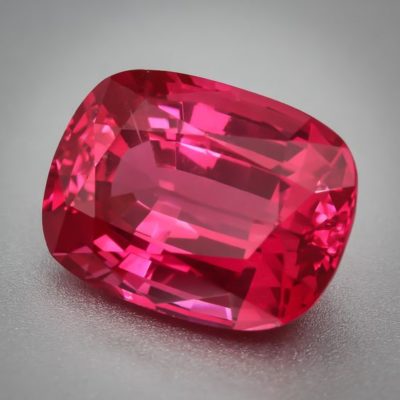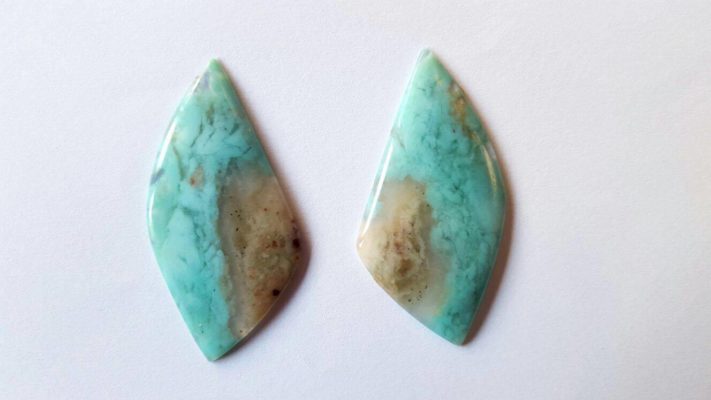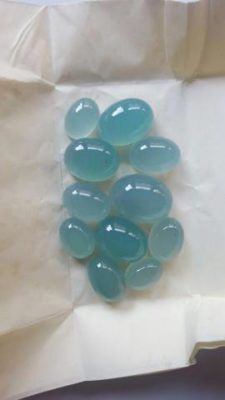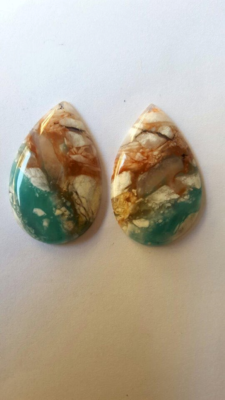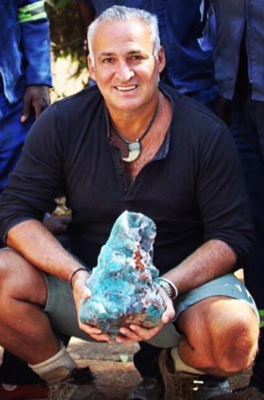OCTOBER BIRTHSTONE
OPAL
“Because opal has the colors of other gems, the Romans thought it was the most precious and powerful of all. The Bedouins believed that opals contained lightning and fell from the sky during thunderstorms. When Australia’s mines began to produce opals commercially in the 1890s, it quickly became the world’s primary source for this October birthstone. Opal is an October birthstone.” (GIA) To learn more about opals click here.
TOURMALINE
“Tourmaline’s colors have many different causes. It’s generally agreed that traces of iron, and possibly titanium, induce green and blue colors. Manganese produces reds and pinks, and possibly yellows. Some pink and yellow tourmalines might owe their hues to color centers caused by radiation, which can be natural or laboratory-induced. Tourmaline is a birthstone for October, along with opal. Tourmaline is also the gem of the eighth anniversary.” (GIA) To learn more about tourmalines click here.
Ammolite
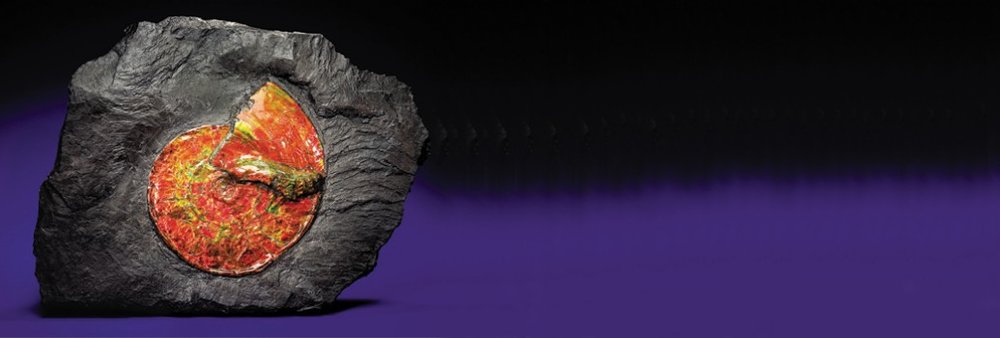
Spinel: The New Birthstone for August!

“Jewelers of America and the American Gem Trade Association announced Wednesday that they are adding spinel to the official list of birthstones. It will join the yellow-green gemstone peridot as a birthstone for the month of August.
The new birthstone will launch to consumers in July through a public relations and marketing campaign led by JA.
“At certain moments in history, when there is a strong call from gem enthusiasts to expand the list of official birthstones, Jewelers of America believes in recognizing the importance of historically significant gemstones and giving gemstone lovers a choice that suits their preferences,” JA President and CEO David Bonaparte said……”
To read more of the Article “JA, AGTA Add Spinel as August Birthstone” by Brecken Branstrator, click HERE
New Gemstone: Aquaprase
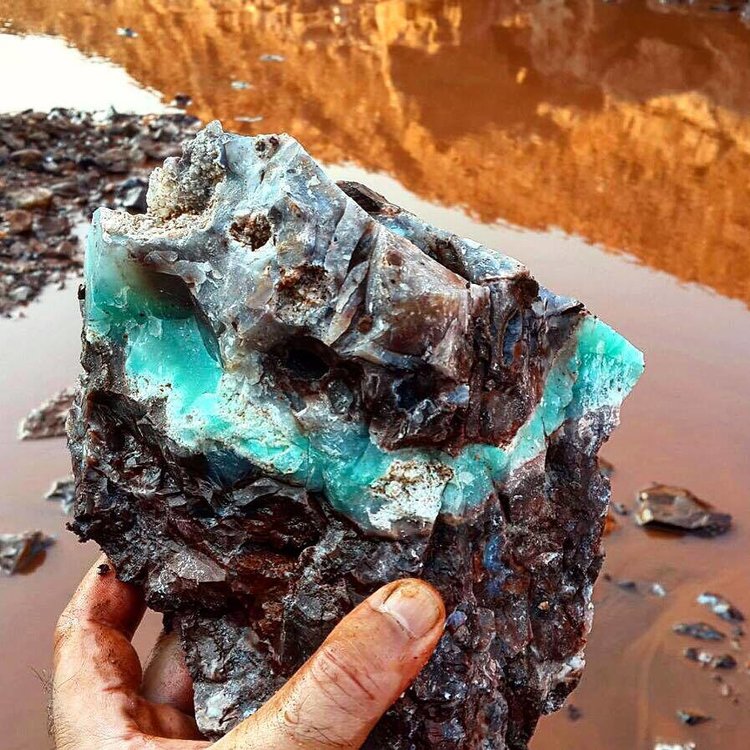
“Two years ago, veteran gem explorer Yianni Melas was doing some work at an African location—he doesn’t want to say where, so the area is not overrun. Geologists had dismissed the locale, convinced it held only some few stray opals. Locals didn’t think much of it either, but when Melas went to a friend’s hut, he saw an interesting specimen on a shelf that looked like he nothing he had ever seen before.
“I knew it was something unusual,” he said. “The stone was in really bad shape, and you could only see a little bit of blue-green inside. But when I put my light to it, it changed color. It went from blue-green to yellow-green. I thought: Where does this come from?
“I couldn’t explain why I thought it was different,” he adds. “It is like a third eye. I have seen thousands of stones and you get that feeling. When I picked up the stone, I had the chills, a funny feeling. That feeling is something you have to follow.”
When he dug a trench in the area, he saw it held a lot of this type of this gem (as well as opal). But nobody knew what the gem was—incuding other gem experts. Some called it a blue-green opal. Most said it chrysoprase. Others dubbed it chrysocolla. He was convinced it was neither.
So he sent it to a noted gem lab. After several months of examination, the verdict came back: chrysoprase. It was now Melas’ words against the experts’.
“There is a difference between laboratory guys and people who work in the field,” he says. “Each has their strength. But I stood my ground. I usually accept what people tell me. But I knew I was right, even though my friends started laughing at me.”
“I recall my African and Indian partners watching me perform a passionate Greek fit of anger insisting [the lab] was wrong,” he wrote on Instagram. “Chrysoprase [comes from] a Greek word meaning yellow-green. And this gem was a strong blue green…. I said, ‘Listen I’m Greek and [the lab] doesn’t understand Greek naming of gems. We named the damn things. And we would never call a blue-green stone chrysoprase [which means golden-green].”….”
To read more of Rob Bates | February 25, 2016 article and more about this new gemstone click here.

